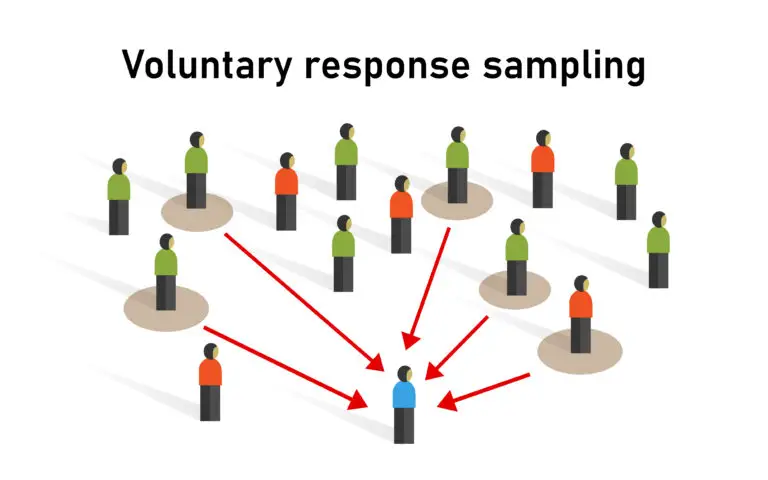Voluntary Sampling

Table of Contents
What is Voluntary Sampling?
Voluntary sampling, also known as self-selection sampling or convenience sampling, is a non-probability sampling method where individuals or subjects voluntarily choose to participate in a study or survey. In voluntary sampling, participants are not randomly selected from a population; instead, they self-select or volunteer to be part of the sample.
Self-Selection
- In voluntary sampling, individuals are free to decide whether or not they want to participate in the study. They are not selected through a random process but choose to be part of the sample based on their willingness or interest.
- Participants may self-select based on factors such as convenience, motivation, personal interest in the topic, or perceived relevance of the study to their experiences.
Sampling Bias
Voluntary sampling can lead to sampling bias, where the characteristics of the sample may not accurately represent the broader population from which it is drawn. This is because individuals who self-select to participate may have different characteristics or perspectives than those who do not participate.
Sampling bias can result in results that are not generalizable to the population, as the sample may not represent the population’s diversity.
Common Applications
Voluntary sampling is often used in studies where researchers rely on participants to come forward voluntarily, such as online surveys, opinion polls, volunteer-based research projects, and studies involving self-help groups or support communities.
It is also commonly used in convenience sampling, where researchers select participants who are easily accessible or readily available, such as students in a classroom, shoppers at a mall, or visitors at an event.
Advantages
- Convenience: Voluntary sampling is often convenient and cost-effective, especially for studies with limited resources or access to specific populations.
- Quick Data Collection: Since participants self-select, data collection can be relatively quick and straightforward compared to random sampling methods.
Limitations
- Sampling Bias: The most significant limitation of voluntary sampling is the potential for sampling bias, as the sample may not accurately represent the population’s diversity or characteristics.
- Lack of Generalizability: Results from voluntary sampling may not be generalizable to the broader population due to the biased nature of the sample.
- Difficulty in Causality: Using voluntary sampling to establish causal relationships can be challenging, as self-selection may introduce confounding factors that affect the study’s outcomes.
Mitigating Voluntary Sampling Bias
Researchers can use statistical techniques, such as weighting or stratification, to adjust for biases introduced by voluntary sampling. However, these methods may not fully eliminate sampling bias.
Related Links
Confounding Factors
Convenience Sampling
Stratified Random Sample
Simple Random Sample